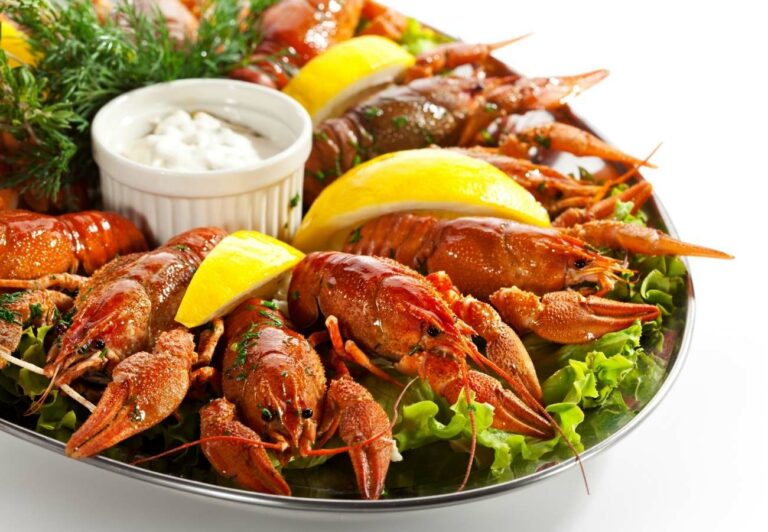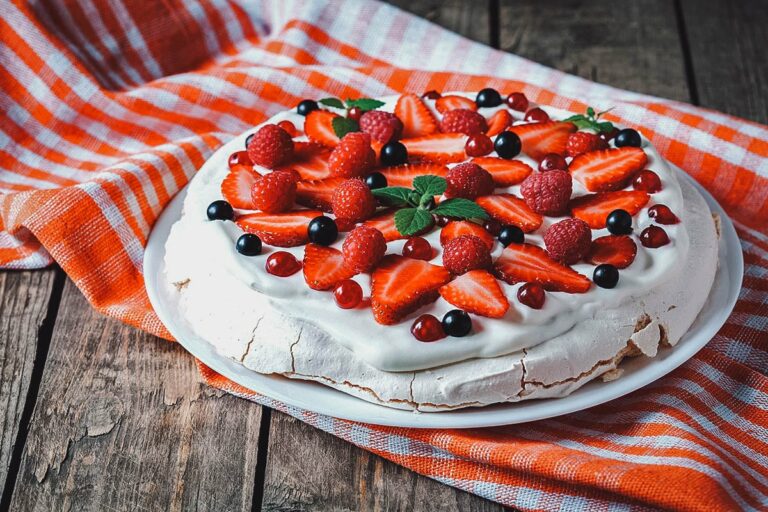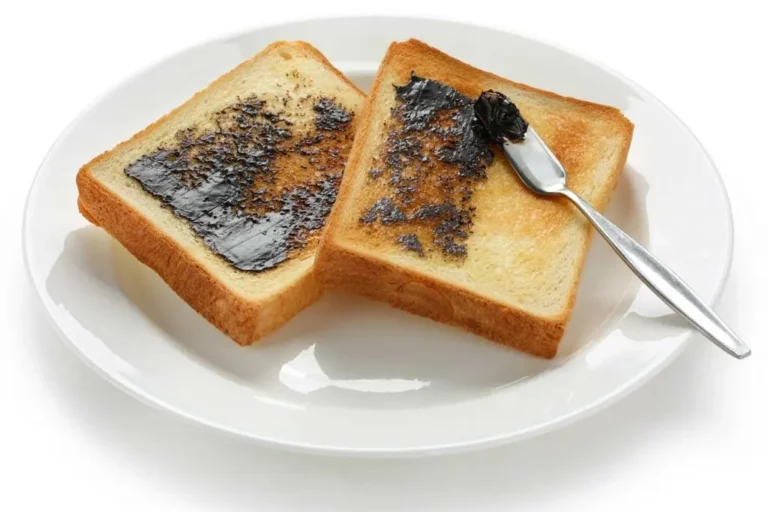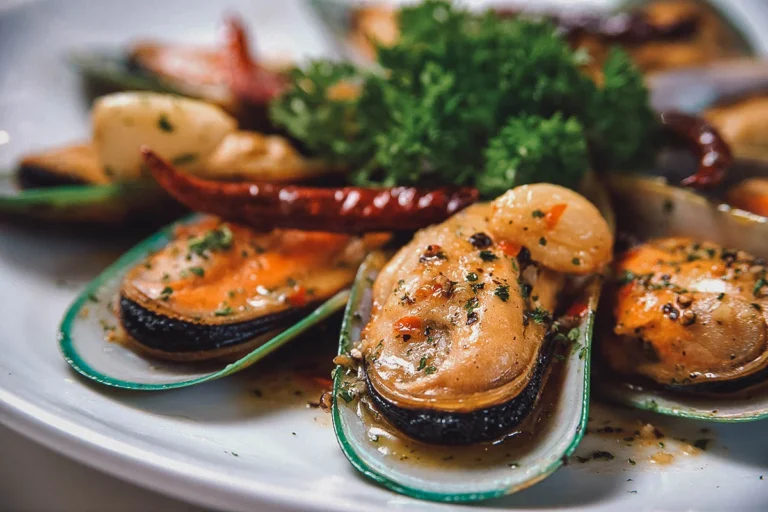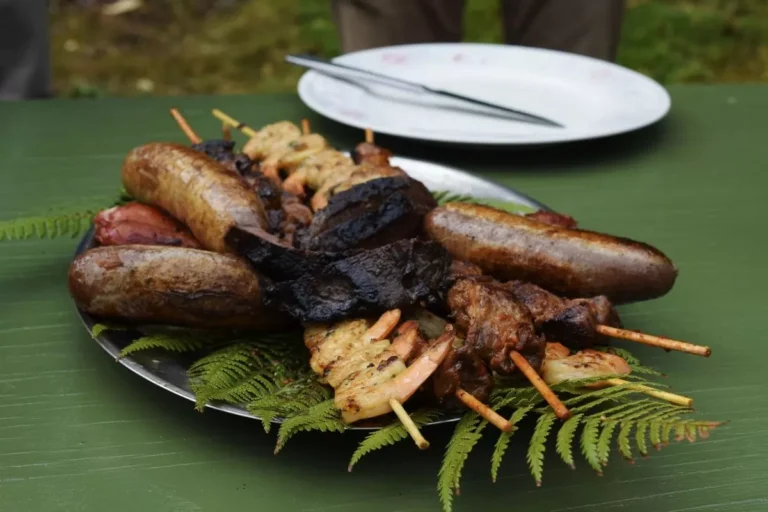Introduction: The Impact of Local Ingredients on New Zealand Cuisine
New Zealand’s cuisine has evolved with the availability of fresh, local produce over the years. The country is blessed with a temperate climate, fertile soil, and an abundance of natural resources. This has allowed Kiwi chefs to create unique and flavorful dishes that are influenced by traditional Maori cooking techniques and the European culinary techniques brought by settlers.
The country’s varied landscape and climate have resulted in an array of local ingredients that have helped shape the cuisine. New Zealand’s culinary culture reflects the importance of using locally sourced ingredients, often highlighting the quality and taste of the produce and meat that is available in the region.
A Bounty of Fresh Produce: A Key Ingredient in Kiwi Cooking
New Zealand’s location and climate provide a diverse range of fresh produce, from tropical fruits in the North Island to root vegetables and apples in the South Island. These fresh ingredients have become a backbone of Kiwi cuisine, and chefs take pride in showcasing the quality of local produce.
Seasonal produce is a highlight of New Zealand’s cuisine, and chefs use it to create dishes that reflect both the flavors of the land and the time of year. For example, whitebait fritters are a popular dish in spring, while summer brings fresh berries and stone fruit to the table.
The Evolution of New Zealand Cuisine: A Focus on Local Ingredients
New Zealand’s culinary scene has evolved from early settlers’ traditional dishes to a fusion of international flavors. However, the focus on local ingredients remains a crucial part of the cuisine. The Maori culture has also influenced the cuisine, with the use of native ingredients such as kumara, a type of sweet potato, and kawakawa, a native herb.
In recent years, Kiwi cuisine has seen a resurgence in the use of native ingredients, with chefs experimenting with traditional Maori techniques such as hangi, a method of cooking in an earth oven. This trend has resulted in a renewed appreciation of local produce and a desire to celebrate New Zealand’s culinary heritage.
Making the Most of What’s Available: How Kiwi Cuisine is Defined by Freshness
New Zealand’s culinary scene is defined by its emphasis on freshness and the use of local ingredients. Chefs prioritize seasonal produce, and farmers’ markets are a popular way for chefs and home cooks alike to source fresh produce.
The importance of freshness can be seen in Kiwi cuisine’s signature dishes, such as fish and chips made with locally caught fish and served with tartar sauce made from New Zealand-grown gherkins. Even fast food chains in New Zealand pride themselves on using locally sourced ingredients, such as McDonald’s using New Zealand beef in their burgers.
From Paddock to Plate: The Importance of Local Agriculture in New Zealand’s Culinary Scene
New Zealand’s cuisine relies heavily on local agriculture. The country is known for its high-quality meat, such as lamb and beef, which are often grass-fed and free-range. The dairy industry is also significant, with locally produced cheese, butter, and milk featuring heavily in the cuisine.
The focus on sustainable agriculture has become increasingly important in New Zealand, with an emphasis on reducing carbon emissions and supporting local producers. This has led to a growing trend of farm-to-table dining, where chefs source their ingredients directly from local farmers.
The Future of Kiwi Cuisine: Embracing the Riches of the Land and Sea
New Zealand’s culinary scene continues to evolve, with chefs exploring new ingredients and techniques while still celebrating the country’s rich culinary heritage. The use of native ingredients and traditional Maori cooking techniques has seen a resurgence in recent years, with a renewed focus on celebrating the unique flavors of the land.
The country’s coastal location has also led to a growing trend of sustainable seafood, with chefs sourcing freshly caught fish and shellfish and creating dishes that highlight their natural flavors. As New Zealand’s culinary scene continues to evolve, the importance of local ingredients and sustainable agriculture will remain a crucial part of the cuisine’s identity.

